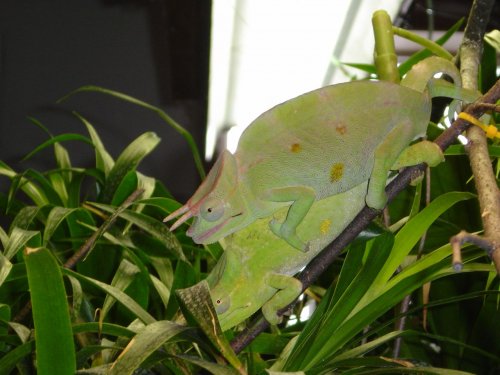Tree top
New Member
Hi my name is Gord Nagy.... I joined this forum this past summer. This is my
first post .
I got a WC pair of T.deremensis, which I have been aucumatting since August.
I tried breeding them in Oct and Nov,with no luck. On Dec 5th I introduced
them and they bred with in seconds.Tried breeding them today and same
thing with in seconds they bred.
Any members out there that have bred T.demensis before any info. would be
great.
Thanks , Gord
first post .
I got a WC pair of T.deremensis, which I have been aucumatting since August.
I tried breeding them in Oct and Nov,with no luck. On Dec 5th I introduced
them and they bred with in seconds.Tried breeding them today and same
thing with in seconds they bred.
Any members out there that have bred T.demensis before any info. would be
great.
Thanks , Gord





